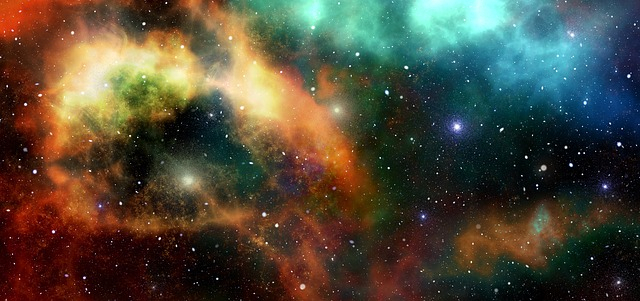
Space scientists, for the first time, have detected the presence of oxygen outside the Milky Way. A team of scientists led by Dr Junzhi Wang of the Chinese Academy of Sciences detected oxygen presence in a galaxy named Markarian 231 which is located almost 561 million light-years away.
More details about Markarian 231
Space experts believe that Markairan 231 might have two active supermassive black holes at its center and these dark entities might be whirling around each other at a breathtaking speed. Scientists revealed that the oxygen presence in Markairan 231 could be due to the interaction between the active galactic nucleus and the outer disc molecular clouds.
"With deep observations toward Markarian 231 using the IRAM 30 meter telescope and NOEMA, we detected molecular oxygen emission in an external galaxy for the first time. The detected O2 emission is located in regions about 32,615 light-years) away from the center of Markarian 231 and may be caused by the interaction between the active galactic nucleus-driven molecular outflow and the outer disc molecular clouds," wrote the researchers in their study report.
Oxygen detection to discover alien life
A few months back, a team of scientists had suggested a new method to discover potential alien life that might be thriving in the darkness of the universe. Scientists believe that NASA's James Webb Space Telescope could use this technique to detect oxygen, widely considered as a vital element for the existence of life.
" Before our work, oxygen at similar levels as on Earth was thought to be undetectable with Webb. This oxygen signal is known since the early 1980s from Earth's atmospheric studies but has never been studied for exoplanet research," said Thomas Fauchez, a NASA researcher and the lead author of the study.
However, several scientists have criticized this assumption, as they claim that the mere presence of oxygen cannot be considered conclusive evidence of extraterrestrial existence.









